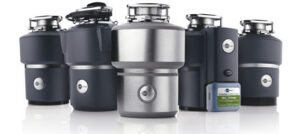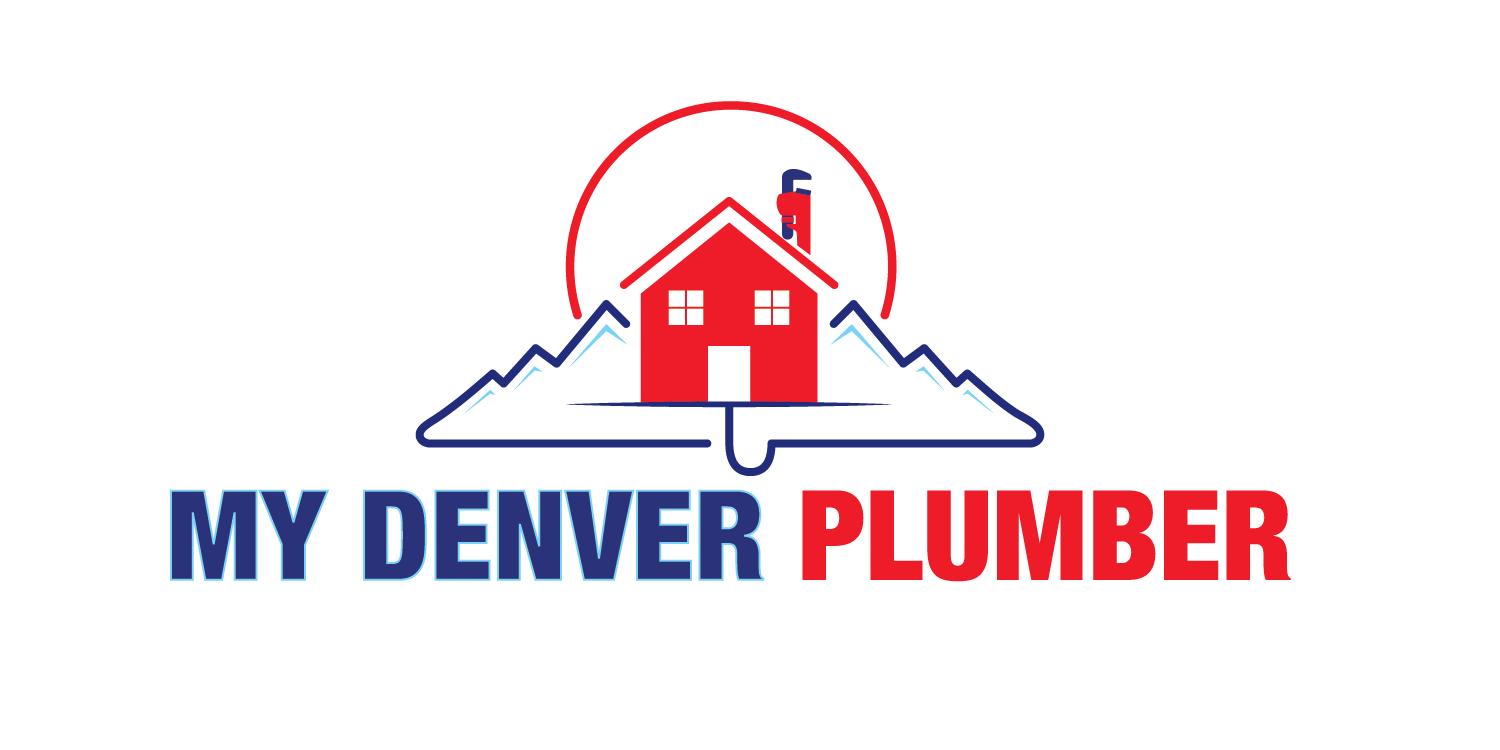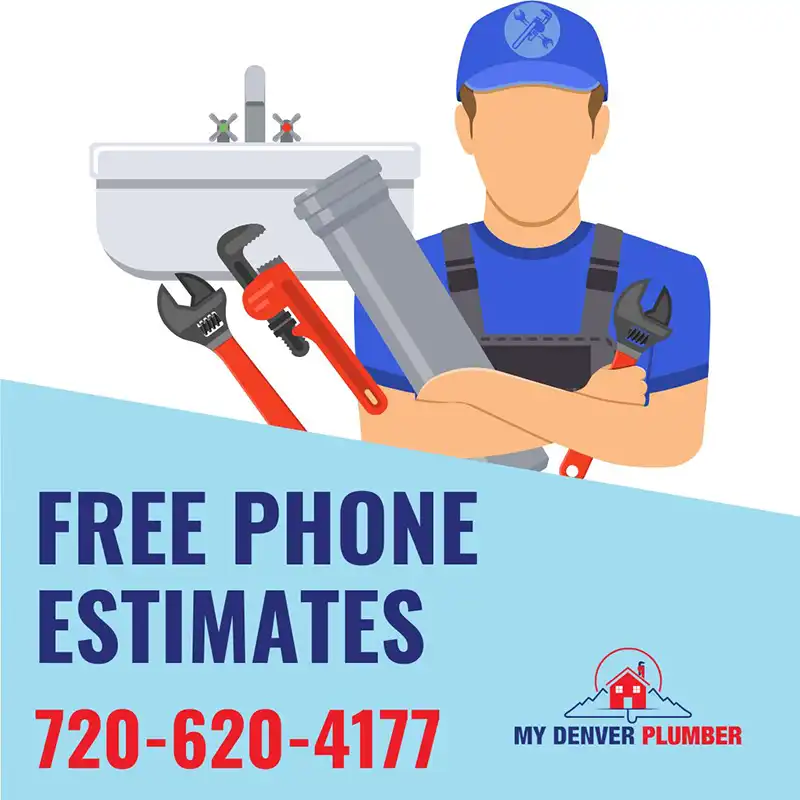
Garbage disposals are an essential appliance in many kitchens, helping to manage food waste efficiently and keep your kitchen clean. However, like any appliance, they come with their own set of challenges, particularly when it comes to blocked and clogged drains. In this article, we’ll delve into everything you need to know about garbage disposals, including how to maintain them, troubleshoot issues, and prevent problems with your plumbing.
What is a Garbage Disposal?
A garbage disposal is a device installed under your kitchen sink that grinds food waste into small particles, allowing it to be washed away through the plumbing system. By breaking down waste, garbage disposals help reduce the amount of food going to landfills, making them an eco-friendly choice. They are designed to handle a variety of food scraps, but it’s important to understand what can and cannot go down the disposal to avoid blocked and clogged drains.
How Do Garbage Disposals Work?
Garbage disposals consist of a motor, grinding chamber, and a set of blades. When you turn on the disposal, food waste is pushed into the grinding chamber, where the blades spin rapidly to break down the food. The waste is then mixed with water, allowing it to flow easily through your plumbing system. Proper usage and maintenance are vital to ensure that your garbage disposal works efficiently and that you don’t end up with blocked and clogged drains.
Common Causes of Blocked and Clogged Drains
Even with a garbage disposal, it’s not uncommon to experience blocked and clogged drains. Here are some common culprits:
1. Fibrous Foods: Items like celery, asparagus, and artichokes can tangle around the disposal’s blades and lead to clogs.
2. Starchy Foods: Potato peels, pasta, and rice can expand when wet and create a thick paste that obstructs drainage.
3. Grease and Fat: Pouring grease down the disposal may seem convenient, but it can solidify in your pipes, leading to significant blockages.
4. Non-food Items: Small utensils, bottle caps, and other foreign objects can easily jam the disposal and cause clogged drains.
How to Properly Use Your Garbage Disposal
To keep your garbage disposal in good working order and prevent blocked and clogged drains, follow these tips:
1. Run Water: Always run cold water for 15-30 seconds before and after using the disposal. This helps flush the food particles down the drain and keeps the disposal cool.
2. Cut Food into Small Pieces: To ease the grinding process, cut larger food scraps into smaller pieces before putting them in the disposal.
3. Avoid Overloading: Feed the disposal small amounts of food waste at a time instead of trying to dispose of everything at once.
4. Use the Right Foods: Stick to soft, biodegradable foods that break down easily. Avoid fibrous, starchy, and greasy items.
Maintenance Tips for Your Garbage Disposal
Regular maintenance can prolong the life of your garbage disposal and prevent issues like blocked and clogged drains. Here are some simple maintenance tips:
1. Clean the Disposal: Periodically grind ice cubes or citrus peels to clean the blades and eliminate odors. This also helps dislodge any buildup inside the disposal.
2. Check the Splash Guard: The splash guard at the top of the disposal can trap food particles. Clean it regularly to prevent bacteria growth.
3. Inspect for Leaks: Check underneath the sink for any signs of leaks or moisture. If you spot any, it could indicate a problem that needs addressing.
4. Know When to Call a Professional: If you experience frequent clogs, strange noises, or persistent odors, it may be time to consult a plumber. They can diagnose deeper issues that might not be apparent.
Troubleshooting Common Issues
Even with careful use and maintenance, problems can arise with garbage disposals. Here are some common issues and solutions:
Disposal Won’t Turn On
– Check the Power: Ensure the disposal is plugged in and that the circuit breaker hasn’t tripped.
– Reset the Disposal: Many disposals have a reset button on the bottom. Press this if the unit has stopped working.
Disposal Hums but Doesn’t Grind
– Jammed Blades: Turn off the disposal and use a wrench to manually turn the blades. This can help dislodge any stuck food.
– Foreign Object: If you suspect a foreign object is causing the issue, turn off the disposal and carefully remove it.
Foul Odors
– Clean the Unit Grind some citrus peels or a mixture of baking soda and vinegar to neutralize odors.
– Inspect the P-trap: A clogged P-trap can also contribute to unpleasant smells. Consider cleaning or replacing it if necessary.
Conclusion
Garbage disposals can be a great asset to your kitchen, making it easier to manage food waste and keep your home clean. By understanding how they work, how to use them properly, and how to prevent blocked and clogged drains, you can ensure your disposal runs smoothly for years to come. Regular maintenance and awareness of common issues will save you time, money, and the frustration of dealing with plumbing problems. Embrace your garbage disposal and make it a valuable part of your kitchen routine!
Contact us for a phone estimate.
Call to schedule an appointment: 720-620-4177


